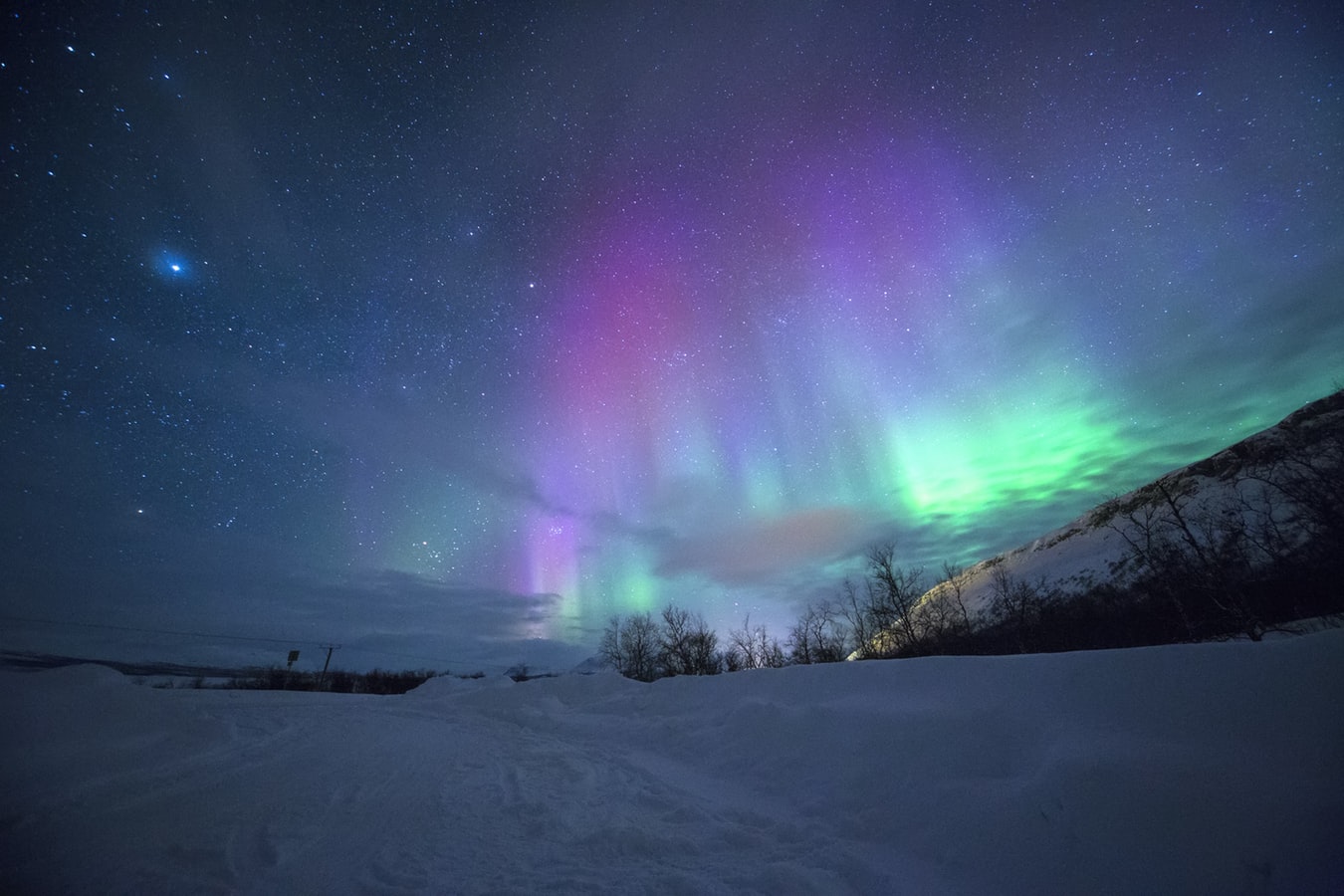Descripción/Description:
A four-year PhD contract is offered in the framework of the Project “Severo Ochoa” at IAA-CSIC. The selected candidate will carry out her/his activity in the research line of advanced software tools for IAA instrumentation, scientific exploitation and modelling. Supervisors: M. García Comas and M.J. López González (maya@iaa.es, mariajose@iaa.es)
Monitoring from the surface is an indispensable tool for detecting the impact of climate change on the mesosphere and the lower thermosphere (MLT) of the Earth in support of space instrumentation" (NFS's Geospace Science Program, 2016). Airglow instruments provide continuous high precision MLT observations and allow the identification of MLT variations at multiple time scales, the study of atmospheric dynamics and the determination of biases in measurements from space. Moreover, the current satellite fleet that observes the MLT, aging and in cases even disappearing, coupled with the lack of funding by space agencies to launch new satellites will inevitably lead to an observational gap from space. In that context, surface measurements will be essential to merge the current space probe databases with future ones.
To cover these aspects, the IAA-CSIC is currently developing the high-resolution Multi-spectral Imager of the Mesopause Airglow spectrometer (MIMA), designed to take up to 400 daily images of airglow spectra and provide regional temperature maps of the MLT. Its goals are: 1) to identify early signs of climate change; 2) to study coupling and multi-temporal atmospheric variability; and 3) to serve for correction of instrumental drifts and fusion of discontinued multi-satellite measurements. MIMA is expected to relieve SATI at the OSN as the only instrument of this type in Spain. It will operate for at least one solar cycle as part of a global cooperation program for monitoring the MLT, namely the Network for the Detection of the Mesopause Change (NDMC). From the volume of its airglow spectral cubes (space2D+frequency), we will derive temperature fields, for which it is necessary to develop reliable and efficient retrieval algorithms. We will also investigate the time and space variability of temperatures in order to improve our understanding of atmospheric waves.
The PhD candidate will participate in the following activities:
1. Development of an automated state-of-the-art temperature retrieval algorithm from OH and O2 airglow measurements;
2. Processing of temperature retrievals from airglow measurements and validation with independent instrumentation;
3. Analysis of the time variability of the resulting temperature fields focusing on effects of atmospheric waves.
The training plan will be complemented with the presentation of results in international meetings, participation in SO-IAA seminars and schools, and writing of articles in scientific journals.
Applications must be submitted online at the URL of the Ministerio de Ciencia e Innovación https://sede.micinn.gob.es/ayudaspredoctorales/ . To request the present research project please use the following reference: SEV-2017-0709-20-4
Candidates are also encouraged to contact Dr. M. García Comas (maya@iaa.es) and Dr. M.J. López González ( mariajose@iaa.es):
- Curriculum vitae, with a publication list if relevant;
- A statement of interest (max. one page, including a brief description of research interests and relevant experience);
- Copies of university grades, certificates and/or diplomas;
- Names and contact details of 2 experts who are prepared to send confidential recommendation letters should they be requested to do so.
